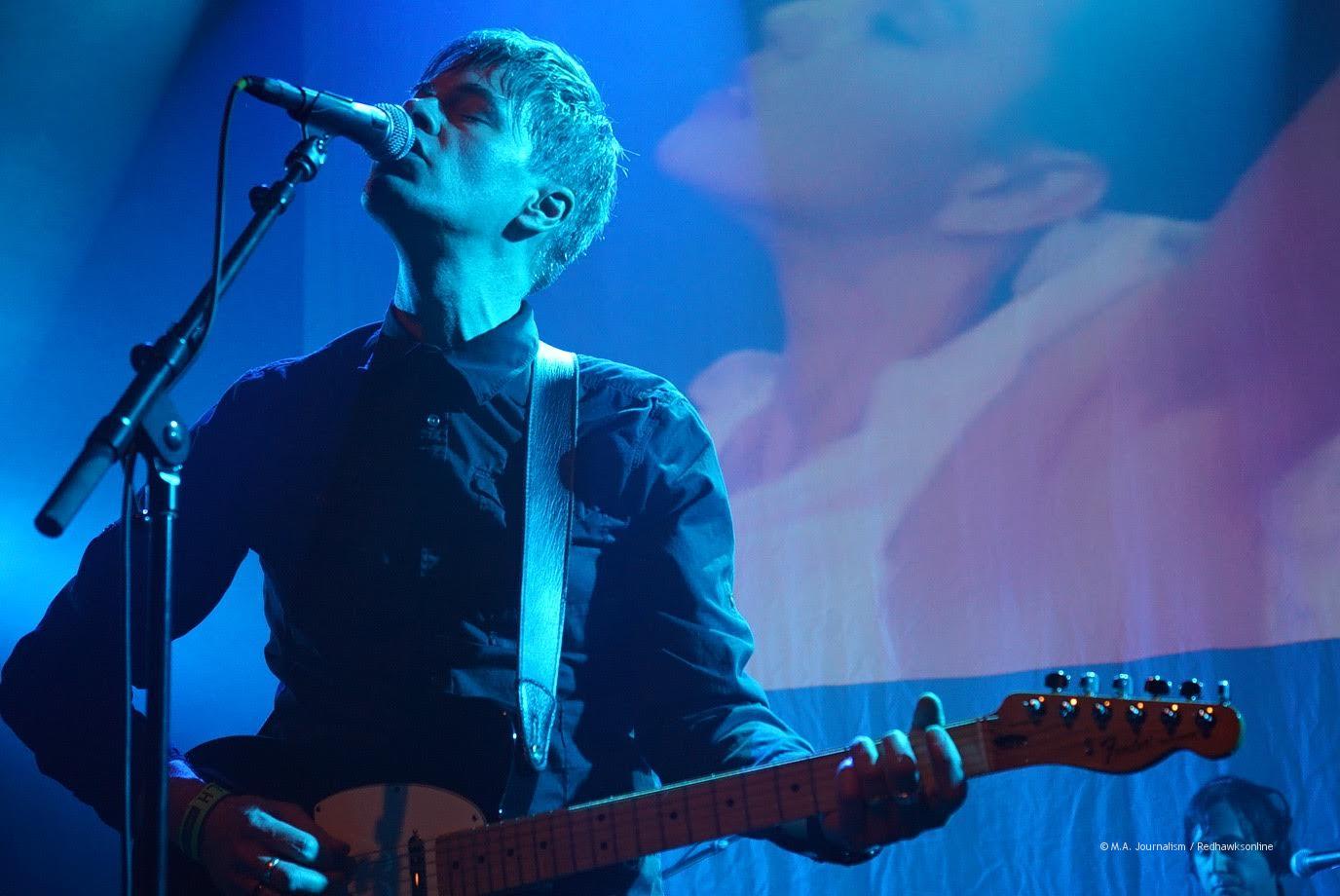From the ’60s to the ’20s, youth culture continues to drive change
Nirvana’s hit song from 1991, not only was the soundtrack of the new alt-rock movement, but the voice of a new generation and the face of ’90s Gen X youth culture. Today’s youth might not have one song or piece of art that can represent the whole body, but it does have a voice. And as it has in the past, this generation’s voice consists of youth culture, music, and art continues to be a driving force for societal change.
“I think change in culture often begins with youth. Because when you’re a younger person, you don’t have as many fears, you don’t have as many preconceived notions about things, and everything is fresh and new,” said musician David Schelzel, lead singer of The Ocean Blue, a pop-rock band. “You’re just less conservative about things so you try new things, and you think about things for the first time. And I think that tends to lead to change.”
Compared to older generations, youth hold new and open ideas about cultural changes that must be made.
Minneapolis rapper, singer and writer, Dessa, believes “I think a lot of times youth are the change-makers. I think they’re the engine, you know the energy that fuels a lot of the work that’s done, and I think they are also the conscience of culture, even if it’s sometimes an imperfect conscience.”
The role of youth as the “imperfect conscience” of culture has not always been viewed as positive, but the understanding and acceptance of youth’s important role may be evolving.
“[Young people are] taken more seriously now, at least more than I remember them being taken when I was your age,” said Dessa.
Youth’s influence on culture is not just a recent event. There are parallels between the ’60s, ’90s and 2020’s. Culture changes from generation to generation, but the role of youth seems constant: Youth are a change agent. There have been many major times of change, such as the Civil Rights Movement of the 1960s, the anti-establishment movement of the 1990s, and now the social justice movement of the 2020s.
“It feels like there are roots to the ’90s in that conversation where it just kind of the aperture has widened you know,” Dessa said.
The driving influence of youth on society may be most experienced through youth culture, music, and art. This has been accelerated through technology and social media.
“Our technology is such that kids today can know about things immediately, and they can also feel empowered to do something because they all have megaphones,” said Nate Stromberg, artist and art teacher at Minnehaha Academy.
Whether or not social media and technology are the most effective way of voicing opinions and starting change. Younger generations are getting heard. Addy Swanson, a 10th grader at Minnehaha Academy and Diversity Intern said her generation knows how to be heard.
“Our generation — we’re outgoing,” Swanson said. “If we want something, we’ll go and get it. We’ll get together in big groups of people and take action.”
Art is a major part of culture and is also at the forefront of change. Art reflects culture but also pushes for change.
“I think it’s probably both things I mean art helped shape the culture, and then they reflect the culture, music drives and shapes culture, but also reflects it, and I think it’s probably both,” Schelzel said. “It’s kind of like a circle one feeds on the other.”
Art is a representation of culture at the moment. It reflects and responds to what is happening in culture at the moment in time. Art communicates the changes young people want to see in culture as a whole.
“The main thing I say in my classes is that ‘art mirrors culture,'” Stromberg stated.
Schelzel agrees, “I think art reflects culture more and helps us to understand it and think about it more. I think it’s pretty rare that art is the driver of change. I think it happens sometimes, but I think it’s more often than not, a way for us to understand the change going on around us and to process it and deal with it,”
Art is both an appeal and a demand for change. Dessa said, “Music can be a force to synchronize movement and feeling. Music can be a great tool to do that or to kind of focus our attention on a singular issue, I think it can be used to raise awareness.”
Today’s youth use art as a tool to bring our attention to an important topic, and also to rally people together. Youth culture, free of fear and full of ideas, uses art, music, and technology to drive an emotional appeal for change.
“They’re an animating force, you know, it’s like it’s, we feel moved to feel, we feel moved to act, we feel moved to think in a way that when information is presented in a strictly intellectual way we might not have the same kind of emotional valence with it,” Dessa said.
“You don’t go backwards, it’s all about progression,” Stromberg said.
Youth is the future. Gen-Zers are the next step in the ladder. Teen spirit is alive and well, driving change like it always does.

